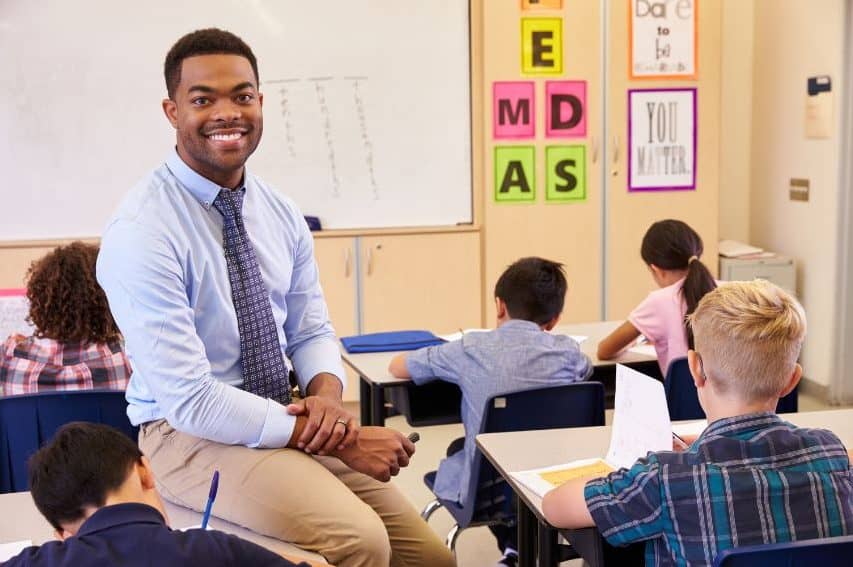- Visual vs. auditory vs. kinaesthetic learners: How can you present information in multiple formats (videos, diagrams, hands-on activities)?
- Varying reading levels and language skills: Can you offer tiered versions of text, graphic organizers, or audio recordings?
- Physical and cognitive differences: Consider accessibility features like text-to-speech, adaptable layouts, and alternative formats for assessments.
Balancing accessibility with an appropriate challenge:
- Scaffolding and differentiation levels: Start with easier tasks and gradually increase complexity, offering support as needed.
- Open-ended activities and choice menus: Allow students to choose tasks that cater to their interests and abilities while meeting learning objectives.
- Differentiated assessment: Use a variety of methods like presentations, projects, group work, or self-evaluations to assess understanding in different ways.
Ensuring resources are culturally relevant and inclusive:
- Represent diverse cultures and perspectives: Include characters, examples, and case studies that reflect your students’ backgrounds and experiences.
- Challenge stereotypes and biases: Critically examine your resources and ensure they present information fairly and inclusively.
- Incorporate community knowledge and practices: Collaborate with parents, cultural organizations, or community members to enrich your resources





